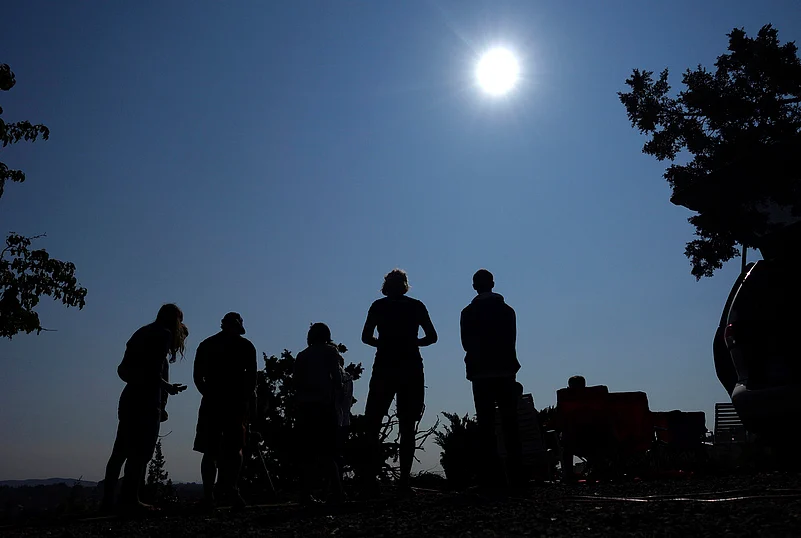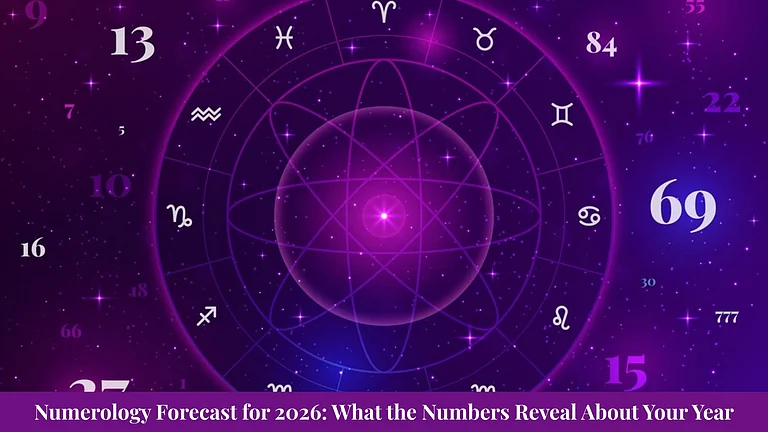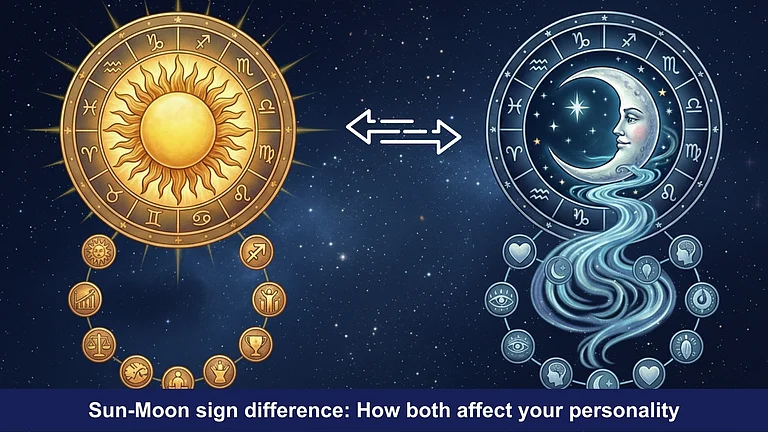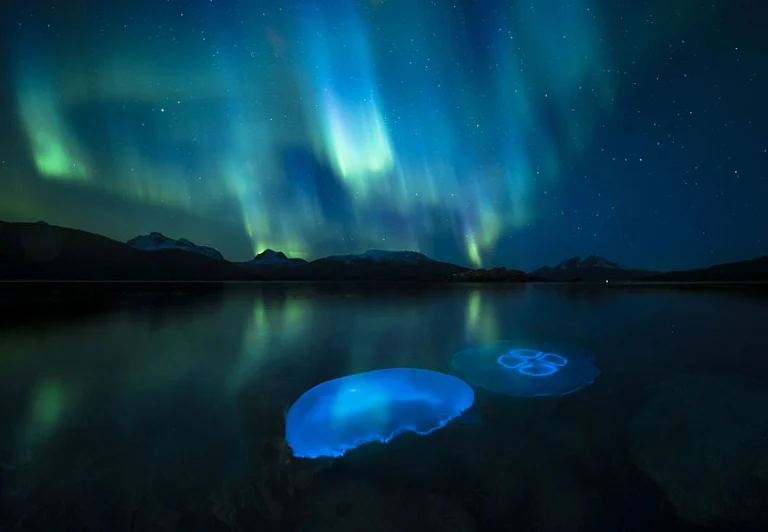When a total solar eclipse graces the skies over Mexico and North America on April 8, it will signify the first occurrence of such an event in this region in nearly seven years. Following this event, the next occurrence won't happen until 2044.
Total solar eclipses occur when the moon traverses between Earth and the sun, obscuring the sun's face entirely. However, each celestial event possesses its unique characteristics.
Although the path of April's eclipse mirrors that of the one in August 21, 2017, albeit in the opposite direction and covering more territory, there exist several differences between the two, making the 2024 event one to eagerly anticipate, as noted by NASA. One crucial factor that distinguishes this year's event is the demographic of observers who will have the opportunity to witness it.
According to NASA's estimates, approximately 215 million adults across the United States witnessed the 2017 eclipse either in person or through virtual means.
“This year’s total solar eclipse will be at least partially visible to all in the contiguous United States, making it the most accessible eclipse this nation has experienced in this generation,” stated Nicola Fox, associate administrator for NASA's Science Mission Directorate.
A Longer, more Visible Eclipse
The 2024 eclipse is anticipated to be longer and more visible to a larger audience due to the widening path of totality, where observers witness the moon's shadow completely obscuring the sun. In comparison to the 2017 total solar eclipse, when the moon was farther from Earth, resulting in a narrower path of totality spanning approximately 62 to 71 miles (100 to 114 kilometers), the 2024 event will benefit from the moon's closer proximity to our planet. Consequently, the path of its shadow across North America is projected to expand to approximately 108 to 122 miles (174 to 196 kilometers) in width.
Moreover, the path of the 2024 eclipse traverses over more densely populated regions and major cities than its predecessor. While only 12 million individuals resided within the area of totality for the 2017 eclipse, nearly 32 million are situated along the path of the 2024 eclipse, with an additional 150 million people residing within 200 miles (322 kilometers) of its trajectory.
Even individuals residing outside the path of totality will have the opportunity to witness a partial solar eclipse, where the moon only partially obstructs the sun's face. An impressive 99% of the US population, including regions of Hawaii and Alaska, will be able to observe at least a partial solar eclipse without the need to travel.
The upcoming April eclipse is expected to feature a longer period of totality compared to the 2017 event, thanks to the moon's closer proximity to Earth. Totality, one of the shortest phases of an eclipse, varies in duration depending on the observer's location. Those situated closest to the center of the path will experience the longest totality, with the duration decreasing towards the path's edges.
During the 2017 eclipse, spectators witnessing the lengthiest totality enjoyed a duration of two minutes and 42 seconds near Carbondale, Illinois.
This year, the longest period of totality, lasting four minutes and 28 seconds, will be experienced approximately 25 minutes northwest of Torreón, Mexico. However, individuals across Texas and even as far north as Economy, Indiana, can anticipate totality lasting longer than four minutes. As the eclipse progresses into Canada, viewers can still expect a significant totality duration of 3 minutes and 21 seconds.
The longest period of totality in recent history, recorded at seven minutes and 8 seconds, occurred west of the Philippines on June 20, 1955, according to the Guinness Book of World Records.
The Great Solar Experiment
While the eclipse captivates sky-gazers, it also presents scientists with a unique opportunity to explore the sun in unprecedented ways. April's eclipse promises scientists a special glimpse of the sun during one of its most active phases, known as solar maximum.
The sun undergoes a regular 11-year cycle of increasing and decreasing activity, closely tied to the reversal of its magnetic field. The 2017 eclipse occurred as the sun approached solar minimum, a period of reduced activity.
Forecasters predict that solar maximum, the peak of solar magnetic field activity, will manifest later this year. During the upcoming eclipse, scientists anticipate observing intriguing features such as loops, streamers, and bright curls in the sun's outer atmosphere, known as the corona. This region, fainter than the sun's surface, becomes more visible during an eclipse, enabling scientists to conduct detailed studies.
Furthermore, there is a possibility of witnessing a coronal mass ejection, an eruption of material from the sun's surface, during the eclipse.
NASA's WB-57 high-altitude research aircraft will carry several experiments during the eclipse, aiming to investigate the corona and capture new insights into its structure across various wavelengths of light.
































